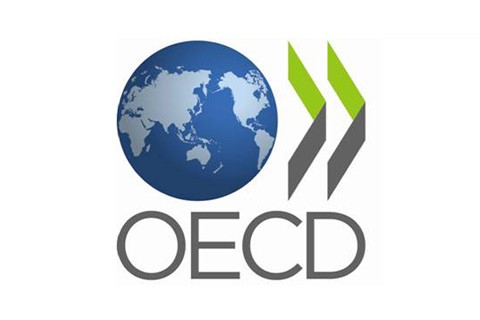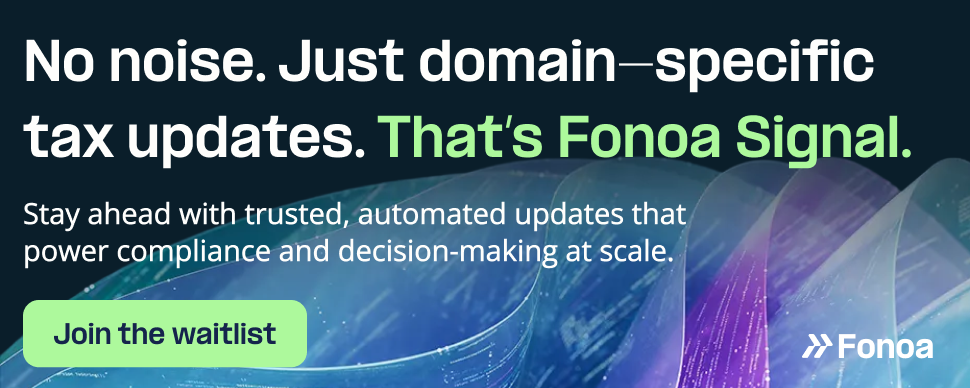Published: September 18, 2025
Source: OECD
The OECD’s latest report explores how governments are deploying AI across public functions, including tax administration. With over 200 use cases analyzed, it offers a blueprint for responsible, scalable AI integration.
VAT & AI: Emerging Opportunities and Challenges
While the report doesn’t focus exclusively on VAT, it highlights several areas where AI can enhance VAT administration:
- Fraud Detection: AI is increasingly used to identify anomalies in VAT filings, flagging suspicious refund claims and carousel fraud patterns.
- Real-Time Compliance: AI-powered systems can support e-invoicing and real-time transaction monitoring, helping tax authorities enforce VAT rules more effectively.
- Personalized Guidance: Virtual assistants can help businesses navigate complex VAT obligations, especially in cross-border scenarios.
However, the OECD cautions that legal and regulatory complexities—especially around data governance and privacy—may slow the adoption of advanced AI tools in VAT enforcement.
Key Takeaways
- Governments are using AI for automation, forecasting, and decision support across sectors.
- Tax administrations are cautiously adopting AI, with emphasis on fraud detection and administrative support.
- VAT-specific applications are emerging, but require careful handling of sensitive data and regulatory alignment.
Latest Posts in "World"
- OECD Report: Effective Carbon Rates 2025 – Recent Trends in Taxes on Energy Use and Carbon Pricing
- Country Profiles on E-Invoicing, E-Reporting, E-Transport, SAF-T Mandates, and ViDA Initiatives
- Blog Ahu Ocak Caglayan: Field Notes from Recent Mandates: Patterns, Pitfalls, and Practical Fixes
- Book by Darko Pavic: The Fiscalization Compliance Maturity Model
- VATupdate Newsletter Week 45 2025















